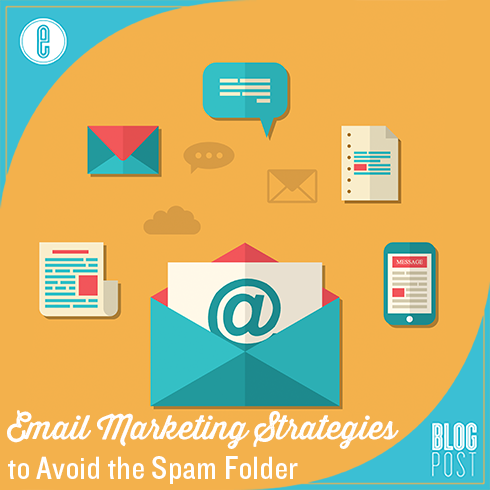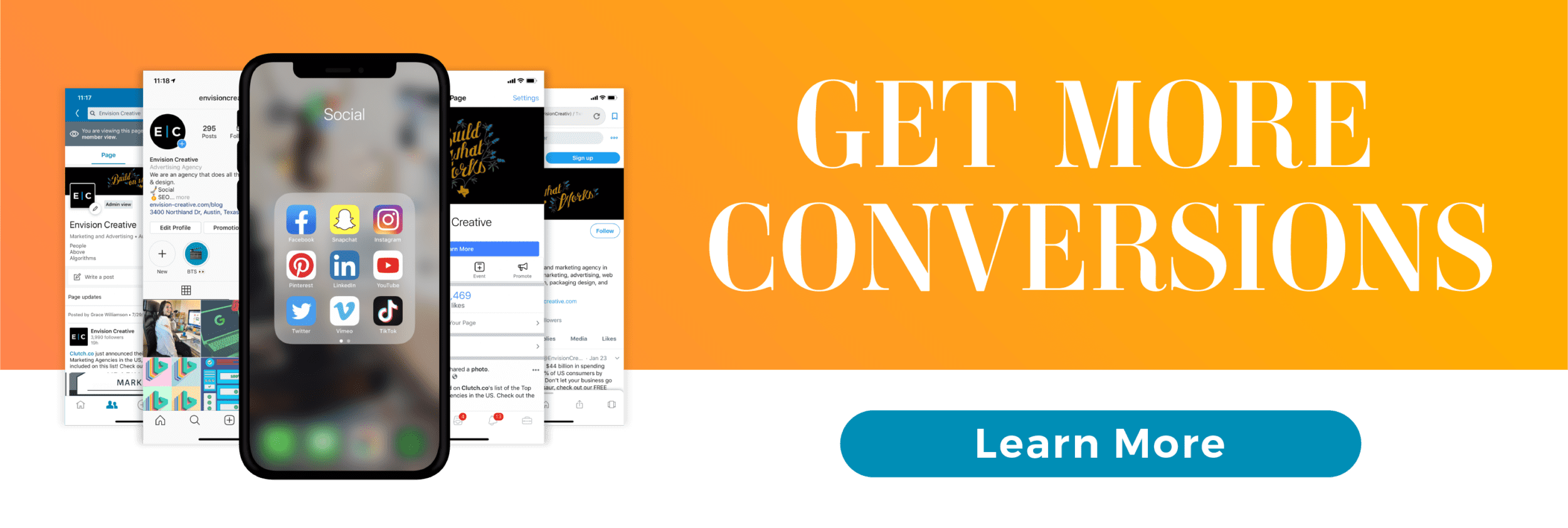Traditional marketing strategies that rely on forced attention grabbing, such as TV and radio advertisements, direct postal mailers and cold calls, aren’t overly effective at generating interest (and they certainly aren’t cheap.) Today’s consumers don’t want to be told what they should be buying– they want to be showed how a product or service meets their unique needs. Moreover, they want your business to let them know how you beat out competitors and provide extra value above and beyond your basic products or services. Inbound marketing offers these benefits, and few inbound strategies are as important as your email marketing plan.
The Importance of Email
Although a business can– and should– generate customer interest and sales through numerous digital channels, email marketing continues to stand the test of time as one of the best tools at your disposal. Email marketing is critical to reach and inform customers on mobile platforms, and provides an estimated 4,300% ROI. (Still not convinced? Check out Entrepreneur’s other powerful email marketing stats.) It can also generate increased leads and customer loyalty with less effort than old-school methods.
So, what exactly makes a good email marketing strategy?
Email Marketing Basics
Lucrative email strategies certainly don’t involve tactics that are likely to damage your brand’s reputation, such as spam or junk mail. Email marketing is generally defined as any business marketing communication conducted via email, but a great plan focuses on building a long-term relationship between a business and consumers through meaningful engagement. You don’t want to burn bridges with existing customers and scare off potential ones by blasting their inboxes with too much spammy content. After all, a person will only open and read your email if they find it interesting or helpful. Can you relate?
Which Email Marketing Strategies Work?
Within a larger email marketing plan, there are many strategies that appeal to different types of customers. These groups of consumers can be targeted by type of buyer persona, level of income, stage in the sales funnel, or any other qualifier that makes sense for your business. These distinctions will help ensure that the right emails are reaching the right audience (at the right time.) Once your target groups have been established, how will you choose to reach them?
Newsletters, Reminders, and Updates
Consumers looking for added value often sign up for emails that provide additional information about a specific business or industry, such as special events, new products, recalls, DIY articles and videos, infographics, and whitepapers. With this strategy, be sure not to inundate customers with too much unfiltered information— someone just beginning to research your industry won’t be looking for the same information as someone hoping to buy a product tomorrow or someone who has already purchased your product.
Targeted Sales, Discounts, and Feebie Offers
Many people sign up for company emails simply because they are hoping to receive exclusive offers or sales, early access to clearance products, or content freebies. Again, be sure that your content is targeted to an appropriate audience, but most people will love getting access to a fantastic deal. Consider a referral rewards program for existing customers, or a special discount for potential customers who seem to be on the fence about your product.
Feedback Forms, Surveys, and Polls
Customers are more likely to remain loyal to a brand and their products if a company makes them feel like their opinions matter. Feedback forms and surveys are great for existing customers, as they provide an outlet for individuals to have a say in your brand conversation. It will also let you know if there’s a problem you need to work on– and fast. If you’re working on launching a new product, market surveys are a fantastic way to make sure your product positioning strategy aligns with the opinions of your targeted customers.
Note: It’s important to remember that while customers love having a voice, they value a truly great product or service above all. Value constructive negative feedback as much as positive feedback, and make improvement a central focus until your customers are raving about you.
As with all big marketing plans, a mix of thoughtful and targeted strategies will be the most effective choice to attract interest and sales to your business. You don’t want to overwhelm consumers with content, but you shouldn’t underwhelm them by sending information that’s not helpful or forgetting about them altogether.
All In The Details– Additional Tips for Email Superstars
Helpful and informative emails are a marketing necessity, but a few little tweaks can make your messages jump off the page or increase engagement. For example:
- Include Social Media Links: Deepen your connection to your target audience by offering links back to your website and social media accounts. Also, offer sharing icons. This greatly increases cross-promotion and boosts user engagement. Your targeted customer will be exposed to more of your touch points more quickly, and their social connections will be exposed to your brand.
- Distribute During Low-Traffic Periods: Sending emails when your target market isn’t getting swamped by other messaging may boost your open rates, click-through rates, and sales numbers. Emails are often opened at times when most businesses have stopped distributing them— both between 8pm and midnight as well as on weekends.
Whether your business has strategized an email marketing plan yet or not, there’s always room for improvement– especially when it comes to reaching and engaging with your customers.
-FINAL(01-00)-White&Blue-01.svg)





